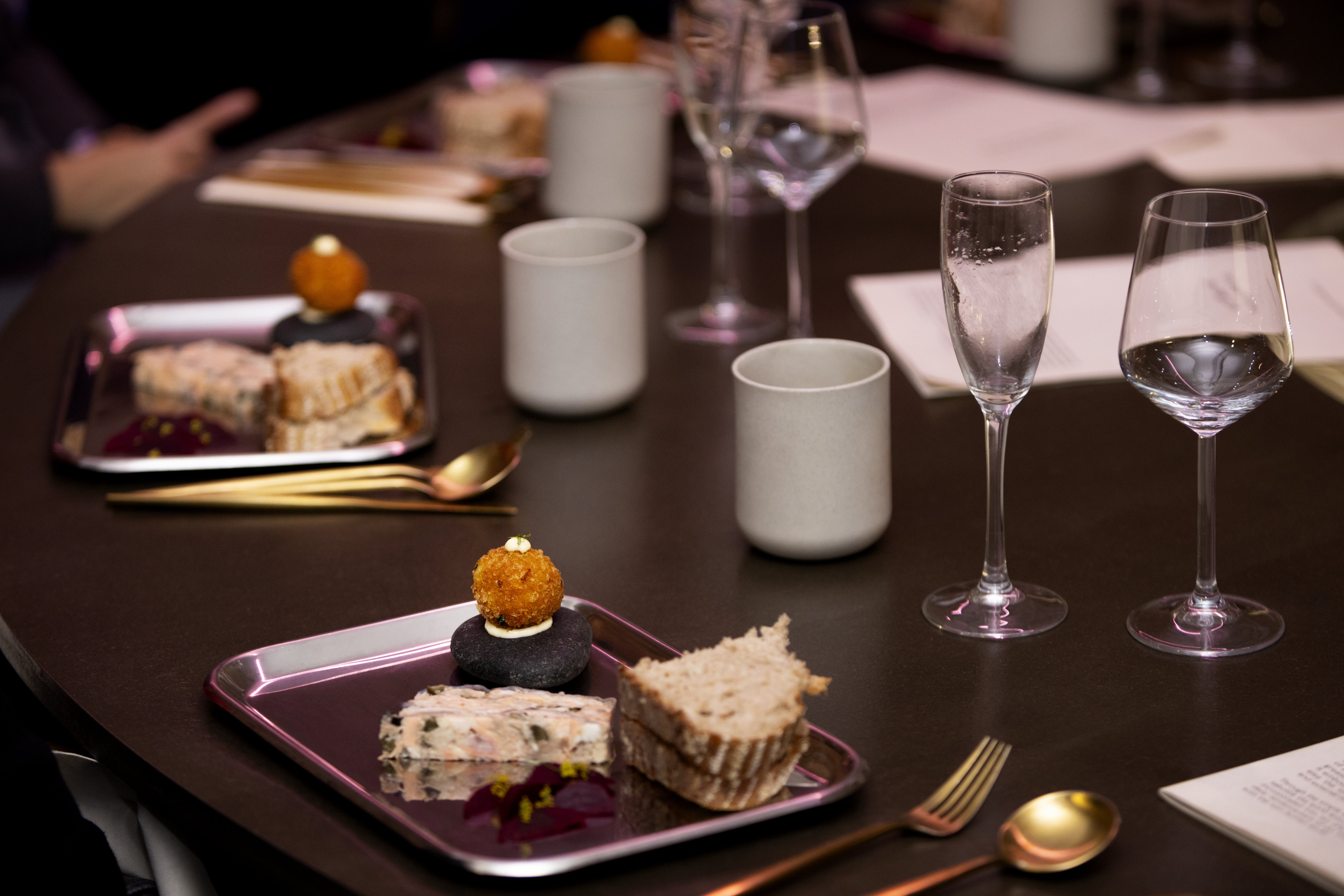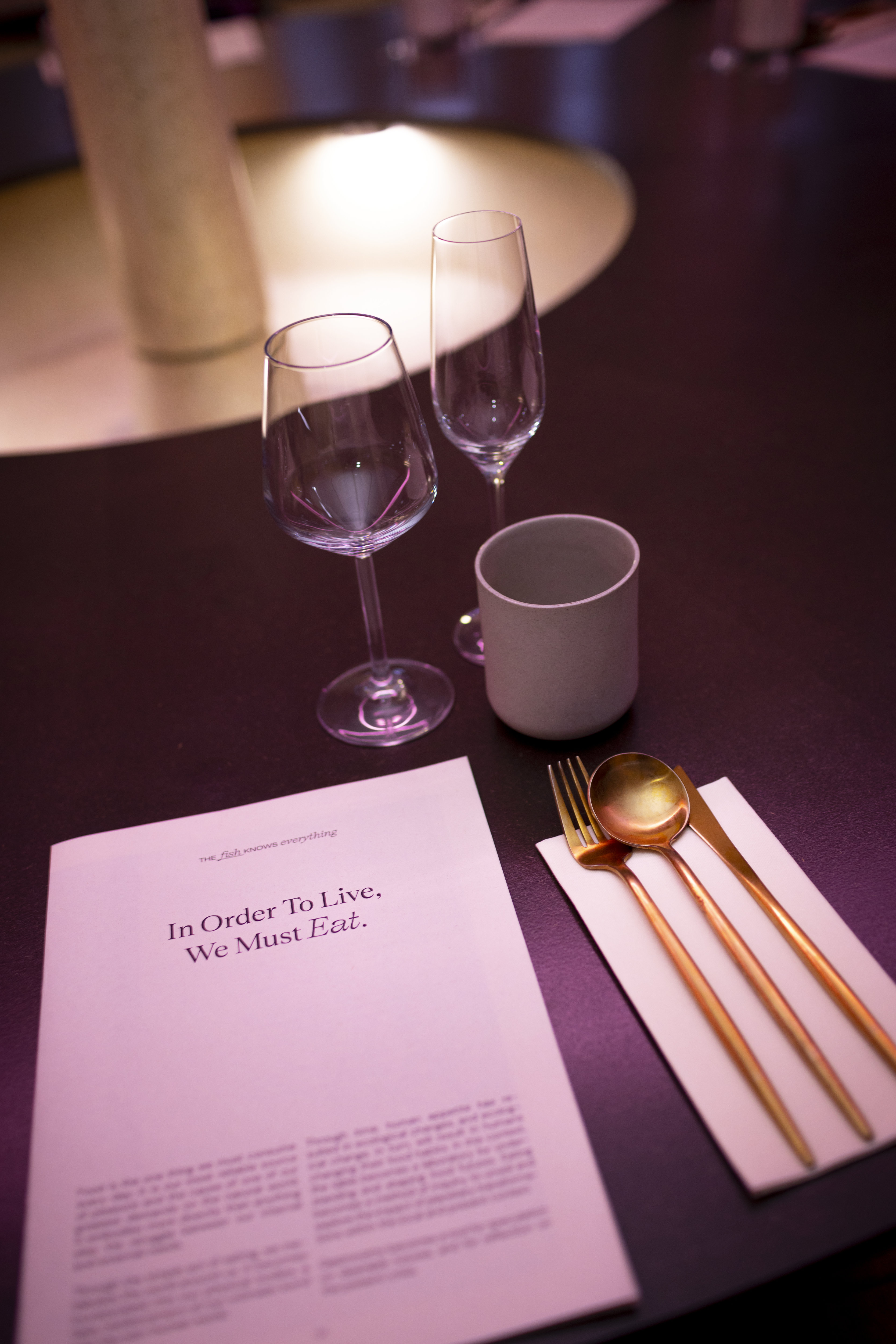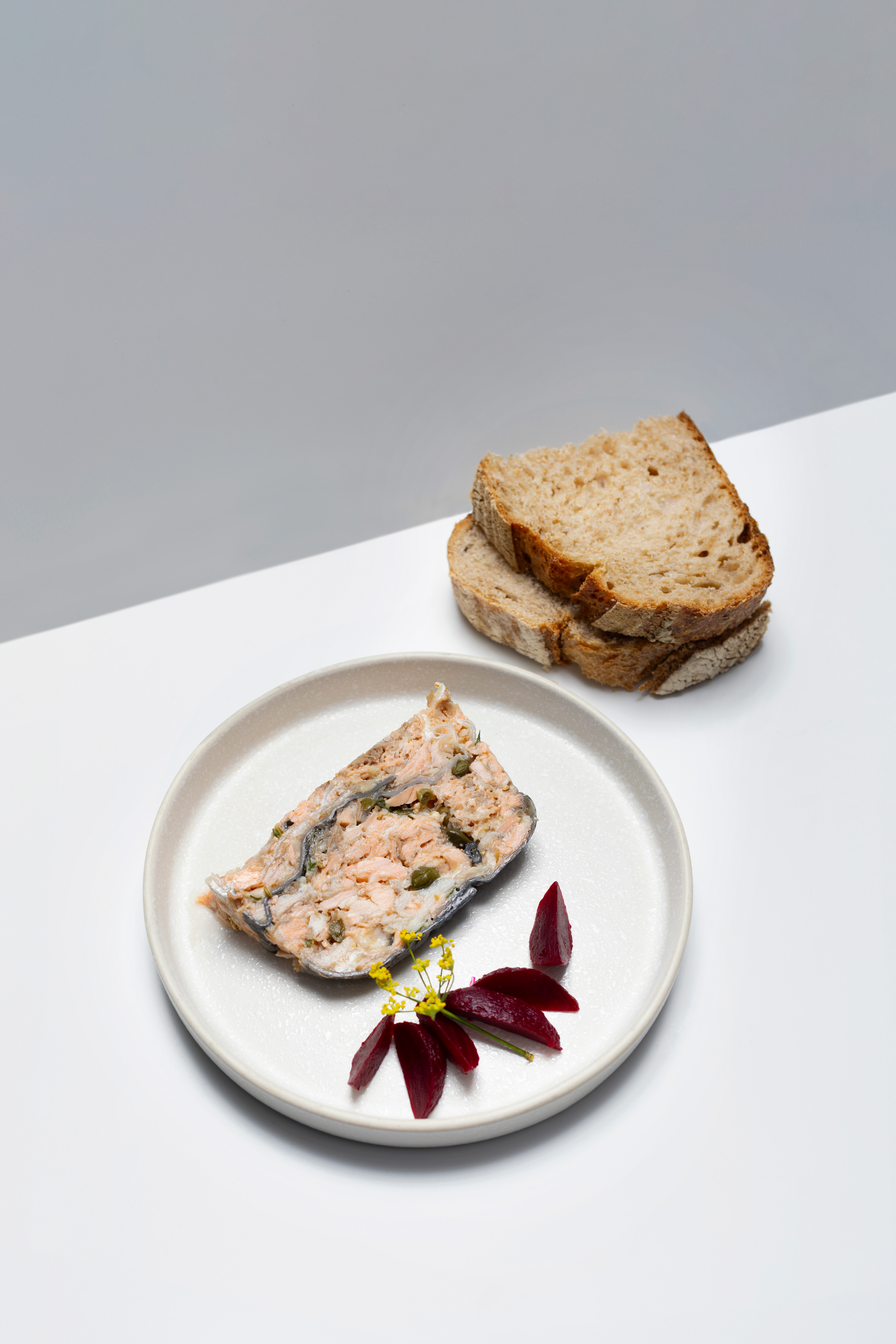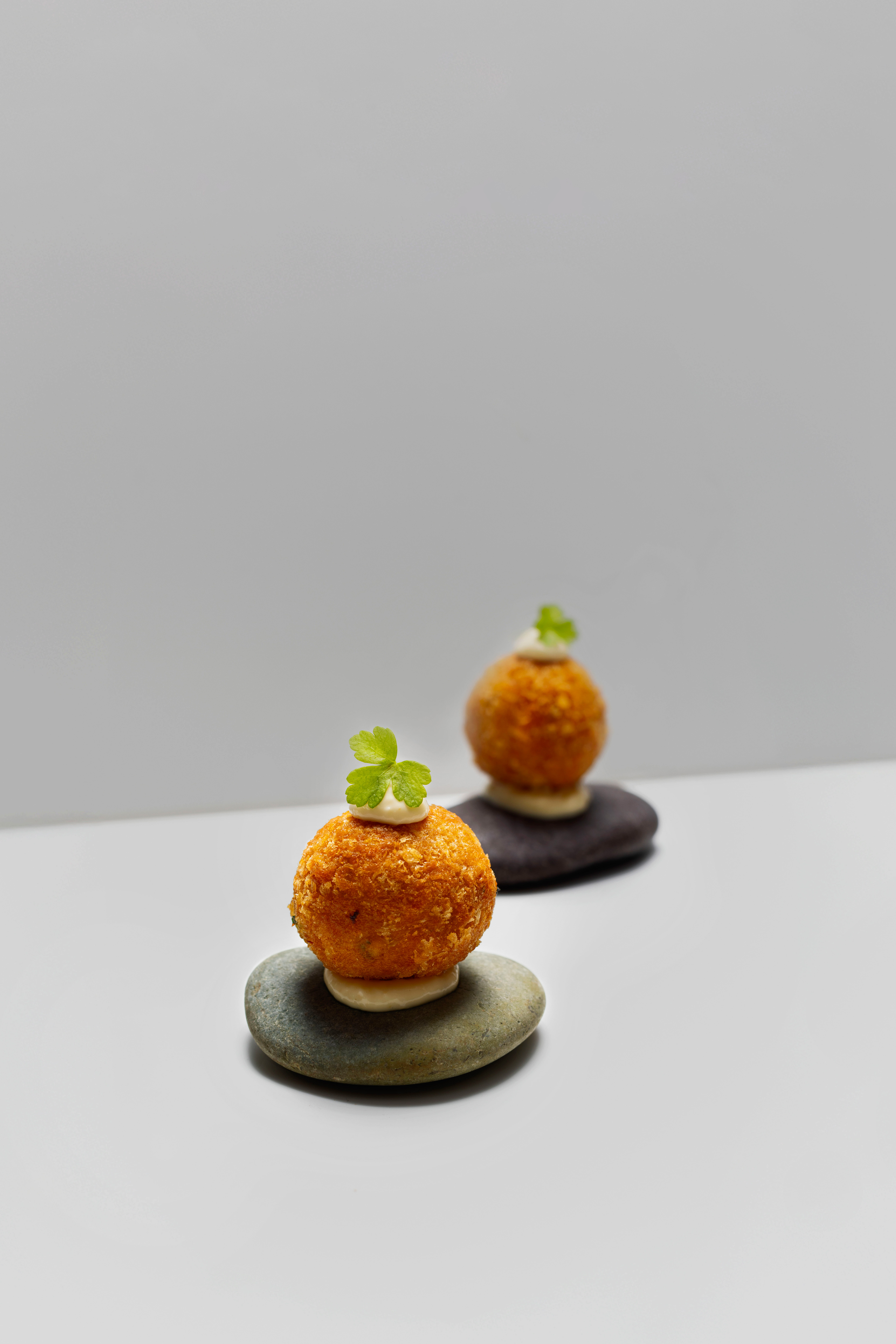Rotterdam & Merwede - 2024
This ongoing project is directed at exploring, mapping and visualizing the interdependent relationships between the human and more than human beings and entities and the effects of the changing environmental conditions in very specific, amphibian localities; for the Dutch chapter of the project, we focus our attention to Rotterdam, its harbor, its surrounding industries, the Rhine’s mouth and in particular the Merwede river, the Biesbosch, the fisherfolks and the more than human inhabitants of this area.
Even in a watery country such as the Netherlands, that has a large part of its land surface below sea level, the waters of the Rhine’s mouth are a peculiar place. Hosting one of the largest harbors of the world, being connected to a multitude of local and international industries and their waste streams, it is a historically important test area for water management structures and it accommodates a large natural preservation area, the Biesbosch. These waters used to be tidal but since the building of said structures, it is not anymore. As a consequence of the accumulation of these factors, the migrating fish populations dropped significantly. In addition, it became nearly impossible to have a livelihood from river fishing, which resulted in the multi generational fishing practices, who have been part of the ecological wellbeing by caring for these territories, being threatened with extinction themselves too.
A few multi generational family fishing businesses are still there on the local markets, but their displays are filled with anything but local fish. On sale are globally traded fish; salmon, tuna, cod, tilapia, shrimp, sometimes the occasional eel. Farmed, cultivated, commodified, or nearly extinct.
4 beings
Within the project we examine the lives of four more than human beings; the nearly extinct European Eel, the invasive American Crayfish, the for-sportfishing-released European Catfish and the – nowadays extinct in the European rivers, but one of the most consumed fishes worldwide – Atlantic Salmon, their stories and the human communities that could share these.
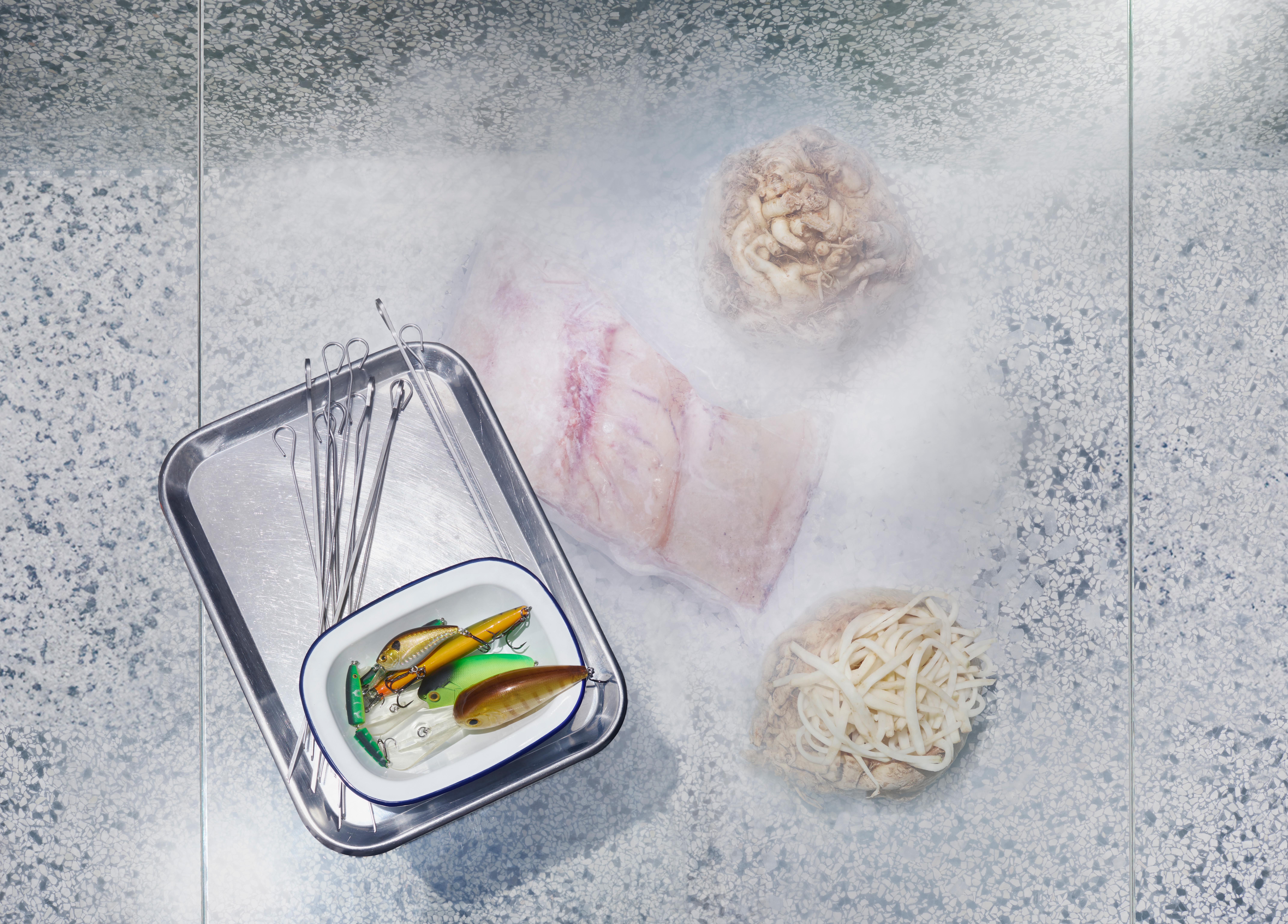
Catfish
Following a trail of newspaper articles covering lawsuits of sportfishers against professional fisherfolks, it seems in this particular locality, the custodians of this body of water are actually those who enjoy it leisurely. For obvious reasons, their motivations, ambitions and goals are vastly different from those who fish professionally. One of the consequences of this shift is the introduction of the catfish in the Biesbosch. Being a prized catch, and a unique photo opportunity, this release was received with great excitement by many sports fishers, disregarding the possibility of them spreading to other waters. Fast forward almost 30 years after their first introduction, on September 17th this year, a catfish with the record size of 2.46 meters was caught. And shortly after, released back into the water.
Recreational anglers' dream or monsters of the rivers might be a topic of debate, the catfish these days being labeled as an invasive species is not. As a top rank predator these fish are on average 60 to 150 cm, with large exceptions measuring up to 2.70 meter, they eat a lot of other species on the daily, this influences the stock of smaller fishes and puts pressure on the local ecosystem at large. Now catfish is not considered as a food fish, only as a trophy fish for recreational anglers. Specific Dutch sportfishing legislation prohibits sportfishers from taking their catch home. But in this case, we humans could consider becoming its predator and explore its culinary potential.
German fishmonger Sebastian Baier became a pioneer in how to treat this strange catch and decided to dry age the catfish. After cleaning the fish, Baier lets these fish hang in a fridge for two to three weeks at +1 degree, and let them mature in peace. After three weeks, the fish is completely odorless. The water is out of the fish, the fat and proteins have started to decompose, the fish is now tender, has a great consistency and is refined to the best degree. And becomes a suitable substitute for the popular, but overfished Cod. We aim to introduce this fish within the Dutch flavor palette, and serve it dry aged, grilled and marinated in Dutch buckwheat miso, on top of a salad of celeriac, Doesburg mustard and tarragon.

Salmon
It is more likely to encounter a slab of salmon topping a piece of mediocre sushi at the local gas station than finding this being in his natural habitat of the Dutch rivers. Where some elderly fishermen of this region have vivid memories of abundances of salmon being fished in the rivers, nowadays the animal is extinct due to the blocking of its migratory paths, industrial pollution in its waters and overfishing. Yet, it is one of the most consumed, commodified and farmed fishes worldwide.
Under the weight of accelerated growth in the confined spaces of fish farms, spines curve, eyes warp, tails shorten and jaws bend. More than ninety percent of farmed fish are deformed. Fused and compressed vertebrae twist bodies to such an extent that salmon struggle to swim. As the body of the salmon so clearly demonstrated, the farming methods go against the very nature of what it is to be salmon.
As we are far removed from any kind of healthy, caring relationship with the salmon, our proposal would be to start redefining our entanglement with these beings by rewilding the culinary imagination of salmon. To move from understanding salmon as the anonymous, boneless, pink slab of protein, to reintroducing the awareness of it being an animal, with whom we have a relation, and is in need of care and respect.
The consumer demand exclusively asks for the prime cut, leaving enormous heaps of waste such as heads, tails and bones. We propose using these parts, and developing a recipe close to the Dutch traditional food called Kopkaas, loosely translated to head-cheese, formally called a brawn. Here the final dish becomes something that resembles an artisanal pate. Yet the preparation calls for head, tails and spines, urging those who wish to cook it to explore alternative supply chains, resulting in a face to face meeting in the kitchen with an animal they eat often, but rarely encounter. We serve this dish with sourdough bread and pickled beetroots.
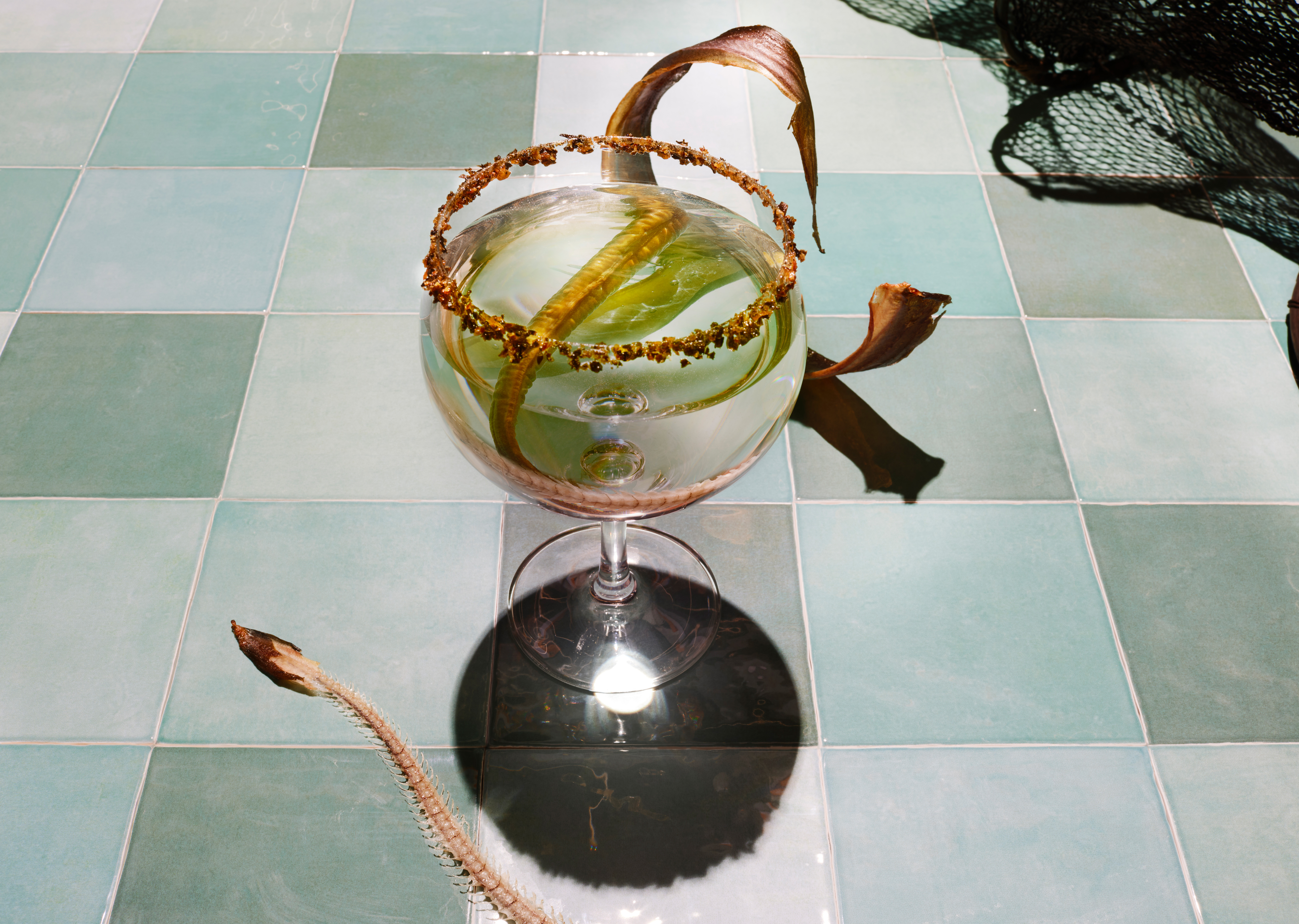
Eel
The Eel (Anguilla Anguilla) is likely one of the world’s most mysterious creatures; they are non-binary, intercontinentally-migrating, and live in both salt- and freshwater. Shortly after birth, each individual travels over six thousand kilometers from the Sargasso Sea to get to Europe, where it once found paradise. Endless wetlands, muddy streams and free flowing rivers. These days, upon arrival the baby glass eels find heavy pollutants, deepened, fast-flowing rivers and water management structures that are often impossible to overcome. Entering their wetland territories in Northern Europe has become virtually impossible because of human interference. Ever since the introduction of the dams, and the deepening of the river, which causes the water flow to speed up, resulting in lack of oxygen and resting or hunting territory, the eel population in the Netherlands has dropped over 90 percent.
Being aware of their population decline, a direct and logical thought would be to not put them on the menu. However, local and regenerative fishing practices beg to differ; their preservation efforts, their acts of care, of relocating glass eels (infantile eels of 6-8 cm) into safer waters are directly linked to the tradition of eating smoked eel. The complex dynamic of their fishing activities versus their activist endeavors, and the desire to fish, smoke and eat them as a continuation of traditional food culture and their livelihoods, result in a prolific offer and demand for smoked eel. Their understanding is, if eel vanishes off the menu, the people will completely forget about them and, as a result, the eel will disappear in the waters too.
The taste of smoked eel is deeply rooted in the collective memory of those living in Northern Europe. With this dish, we wish to tap into this memory in the hopes to remind them of their beloved fishy friend and of the urgency to care for them. The first restaurant proprietor is believed to have been one A. Boulanger, a soup vendor, who opened his business in Paris in 1765. The sign above his door advertised restoratives, or restaurants, referring to the soups and broths and their restorative qualities. We serve an eel broth, with a strong flavor of eel, by using its fats and other remains from the smoking process for the broth, but the actual fish is nowhere to be found. Because perhaps this broth not only restores our body, but also the body of the eel, the eel communities and the rivers.
The title of the dish, Madeleine Calling for Anguilla, is a play on Marcel Proust’s madeleine.
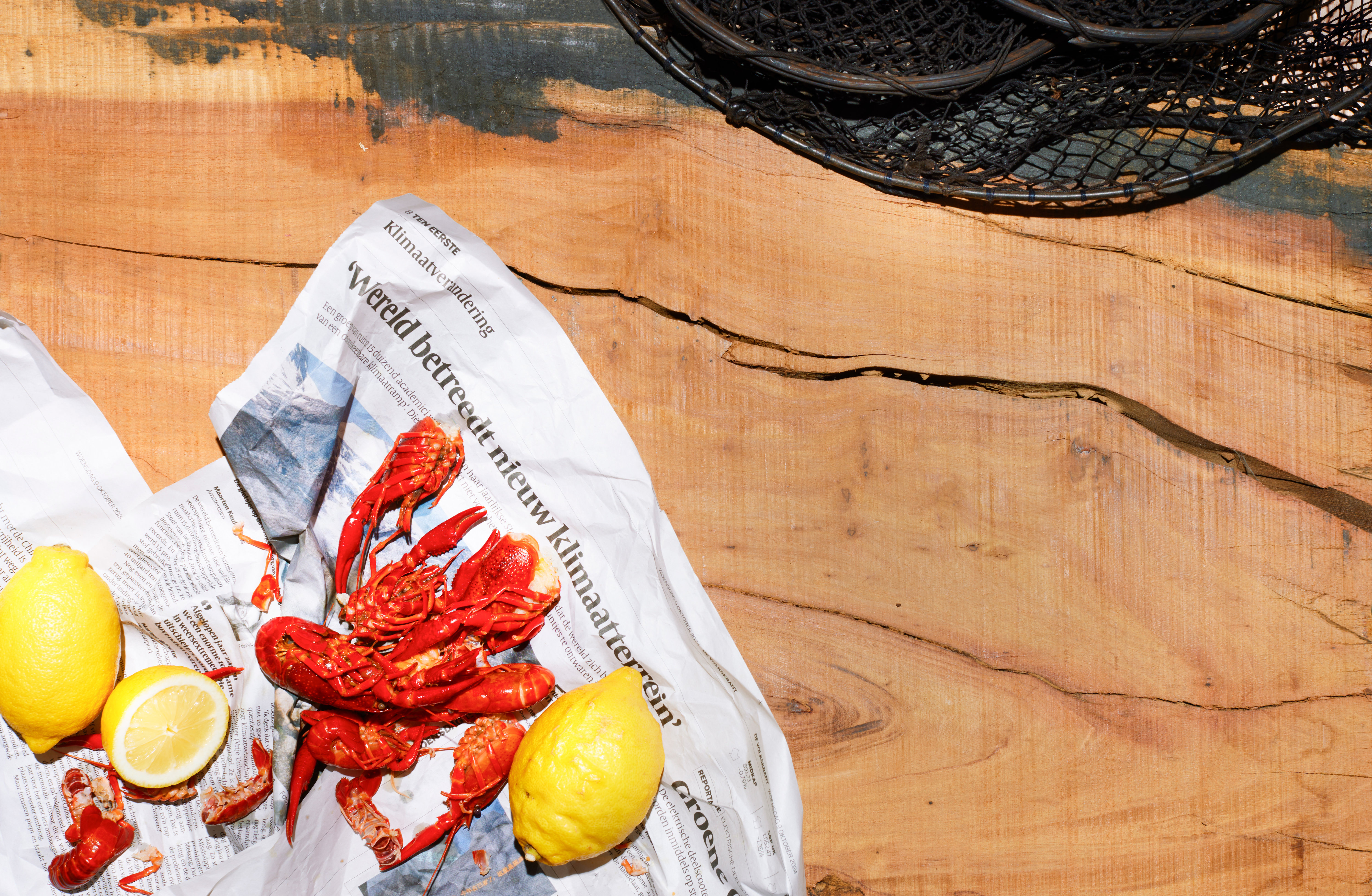
Crayfish
Nowadays (2024) three quarters of the total catch of fisherman Stefan Lok is the American River Shrimp, an invasive crayfish species which came in through global shipping routes and are now colonizing all rivers, canals and inner waters in the Netherlands. The invasive crayfish is a postchild for the label invasive; it puts pressure on the local ecosystem by eating everything and all it encounters, animal and plant alike, it puts a dent in the fish populations since it considered other species’ eggs a delicacy, and even munches on larger fishes if they are trapped in the fishermans' nets. However, probably the largest threat they pose to the Dutch people, would be the undermining of the man-made water management structures. Female crayfish build holes in the mud, for shelter and to lay their eggs. Researchers at the University of Wageningen found that each individual crayfish could move as much as 50 kilos of mud a year. And where one won’t affect a structure such as a dyke that much, many of them will. With each female producing about 600 eggs a year, the chances for wet feet are growing significantly.
However, crayfish as an ingredient barely takes root in the everyday kitchen of Dutch households, let alone in the traditional cuisine of the Netherlands. While traditional cuisine is widely understood as unchangeable, as static, it has never been. Not even the trusted potato originates from these soils, but are a result of colonial endeavors. Perhaps we can understand traditional cuisine as ever changing and continuously developing, just like the world around us is too. And by doing so, supporting the ecological balance in the waters surrounding us.
The culinary application of the crayfish in the context of the Netherlands follows its ambition; to eat them all year round, and well before spawning season. The lack of roe or meat in the crayfish, combined with the desire to use many of them, makes them suitable for broths and demands a dish that is often eaten in large volumes. So, we propose a crayfish croquette, or bitterbal. With this recipe, which uses the peels for broth and needs just little meat for filling, we hope to show the potential for this dish to become a Dutch staple.
The end results of this chapter of the project was showcased in the form of a dinner, a small exhibition, a workshop program and a film program during Dutch Design Week 2024.
The exhibition and filmprogramme were developed in collaboration with Miguel Teodoro.
The menu is developed in collaboration with Shuang Xu.
